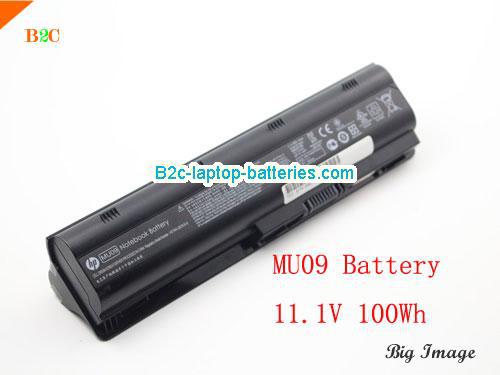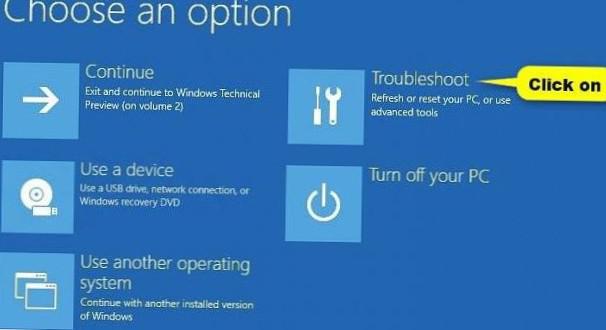What does plugged in not charging mean by laptop batteries?
You're using your laptop when you notice something strange in the taskbar; you could have sworn you charged your battery to 100%, but now the battery shows a slight drain. If you mouse over the icon, you will informed that the battery is connected and not charging. This can be somewhat disconcerting news. Does that mean the battery is on its way? While Windows doesn't actually tell you what's going on, this message doesn't always mean your battery is dead; in fact, in some cases it will prepared to live longer than you normally would!What does this message mean?Here are some reasons you might see this message.
1. Battery conservation software saves battery If you notice this message appearing when you are in the 90-100% charge range, you may see that battery conservation is active. Some laptop models stop charging the Battery automatically when it reaches 100%, especially if you've been charging it for a long time. Laptop manufacturers claim that this helps extend battery life by keeping it slightly under 100% charged.
This can also come into play at lower percentages. For example, my Lenovo laptop usually stops charging above 95%, but there is an option in Lenovo settings to keep charging at around 50%, 60% for a better one Battery saving. It's worth checking your laptop's settings to see if your manufacturer has a similar setting.
not-charging-conservation 2. The battery needs recalibration Reporting your battery level is a two-way effort between your battery and Windows itself battery is actually fully charged and has no room for more charges. To keep Windows and the battery in sync, try recalibrating your laptop's battery to place them on the same side.
3. Something is wrong with the AC adapter This message may be due to the laptop recognizing that your AC adapter is present but not being able to charge the laptop efficiently. If possible, try shaking all the connectors in your AC adapter to charge see if anything changes. This includes the connection between it and the laptop, it and the outlet, and every point in between where something plugs into something else. It's also worth trying a new A/C adapter if you can easily purchase one.
4. Something's Wrong with the Battery Drivers Yes, even your battery has drivers! Sometimes these need to be reinstalled to get back to working order. Before attempting to reseat the battery, it's worth noting that part of these steps involves removing removing the battery from the laptop. If you do not know or cannot physically remove the laptop battery, it is best to consult a professional to avoid damage.
Also, it's best to see if you can download your battery's drivers; it should do so automatically during these steps, but it's best to be prepared in case something goes wrong!
First, go to Device Manager by clicking ??Start?? click.then type ??device manager??in the search and press Enter.

not-charging-manager Look under ??Batteries?? for ??Microsoft ACPI Compliant Control Method Battery??Right-click it and click ??Uninstall device.??
not-charging-uninstall Turn off the laptop and remove the battery. Then press and hold the power button for one minute to clear any charger residue.
How do I know if my laptop battery needs replacing?
This is one of the most frequently asked questions about laptop batteries. And also one with multiple answers. First, know that every battery will eventually need to be replaced the quality of the battery itself. It makes sense that extensive use of the battery will shorten its lifespan faster than average use, and a better built battery will likely last longer than one built with inferior materials.
On average, a battery starts to show a normal drop in performance after 18 to 24 months. With intensive use, a reduced runtime can become noticeable before 18 months.
There are 3 main indicators that it might be time to replace your battery:
Your laptop battery just won't charge. First unplug the battery and then plug it back in to make sure the battery hasn't come loose from its proper connection. Second, start your laptop on a different charger to see whether the power supply could be damaged. Adapters don't usually wear out that quickly, but it's definitely worth a try. If none of the above fixes the problem, the battery is worn out and needs to be replaced.
Your laptop won't connect to the battery.Try cleaning all the connectors on the battery and the laptop. If that doesn't fix the problem, your battery is most likely dead.
Your laptop battery works, but not for long. This is the normal trend after 18-24 months of use, depending on user, care of the battery, and quality of the battery manufacturer. If battery loss is affecting your performance - or patience replace it!




![How to Factory Reset an HP Laptop [Step by Step] How to Factory Reset an HP Laptop [Step by Step]](https://website-google-hk.oss-cn-hongkong.aliyuncs.com/article-website/bing/2021/7/27/fc4dd80bc03f8cbff86a474def1853ba.jpg?x-oss-process=image/auto-orient,1/quality,q_70/format,jpeg)
